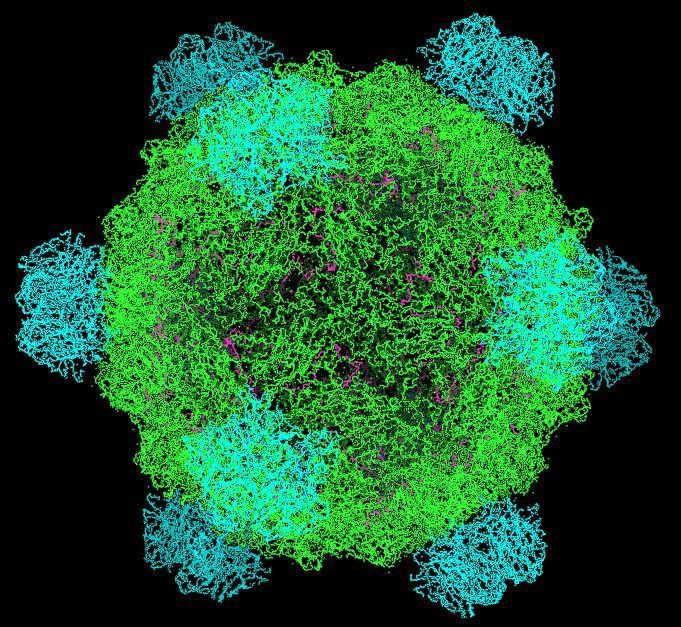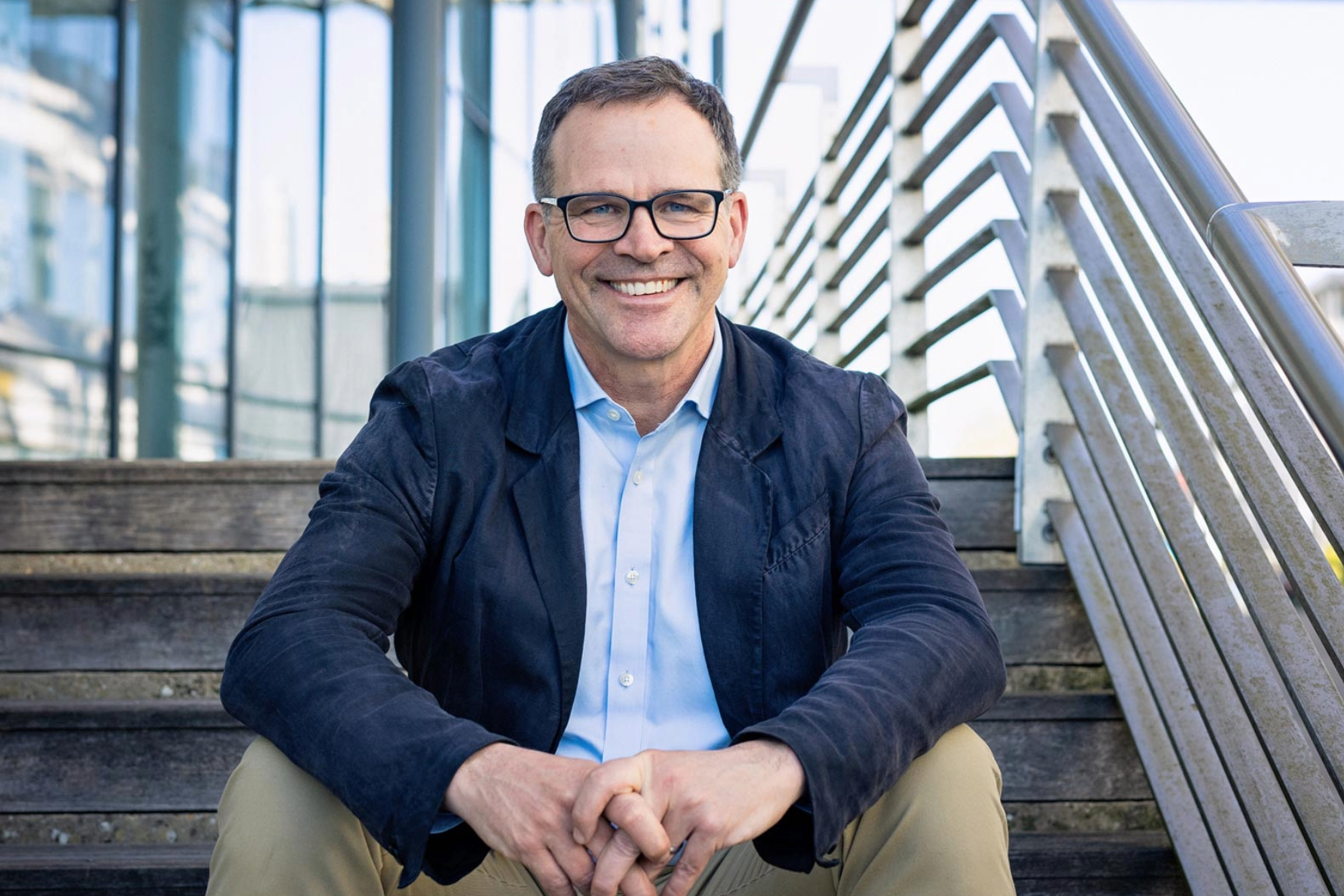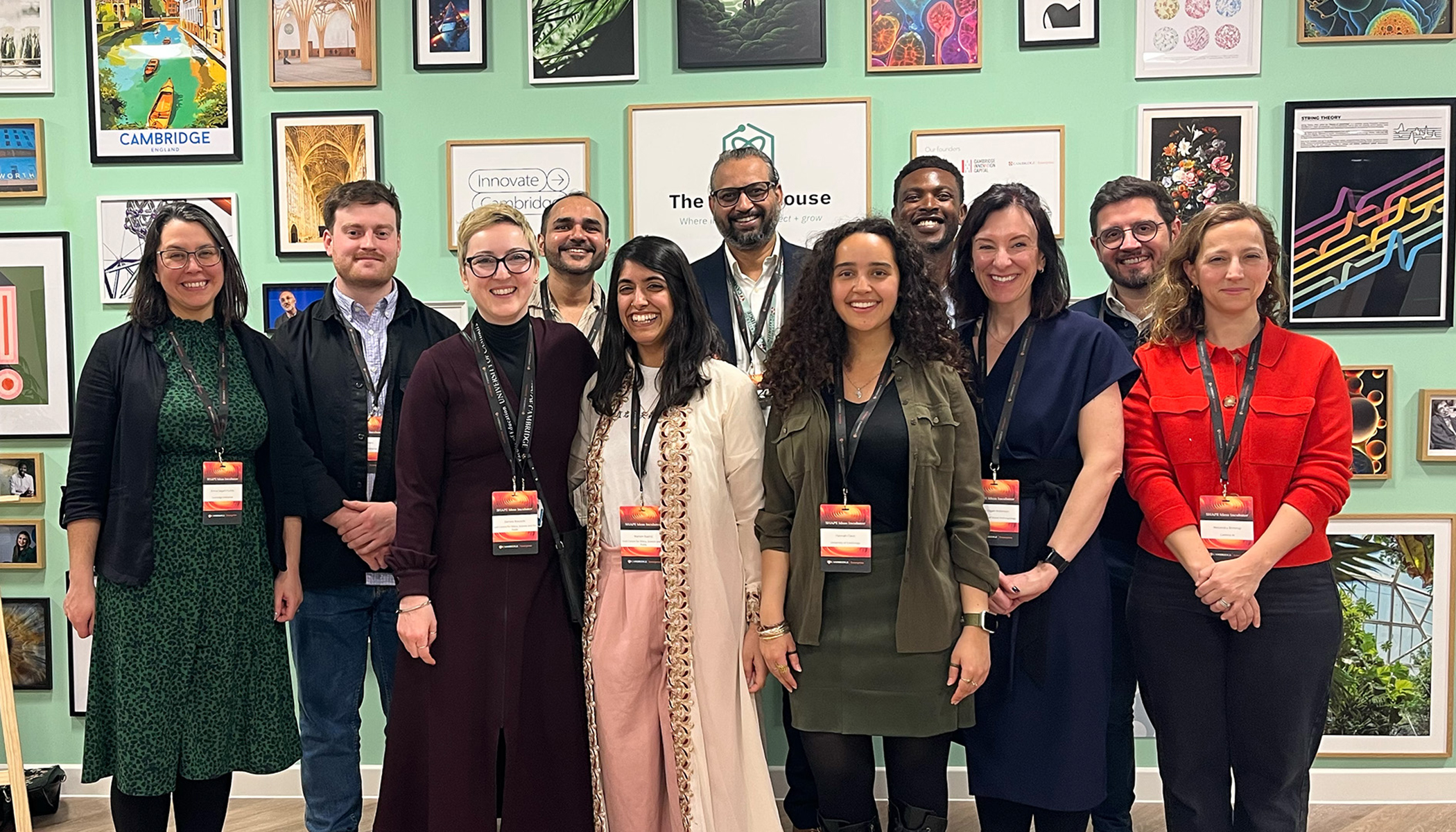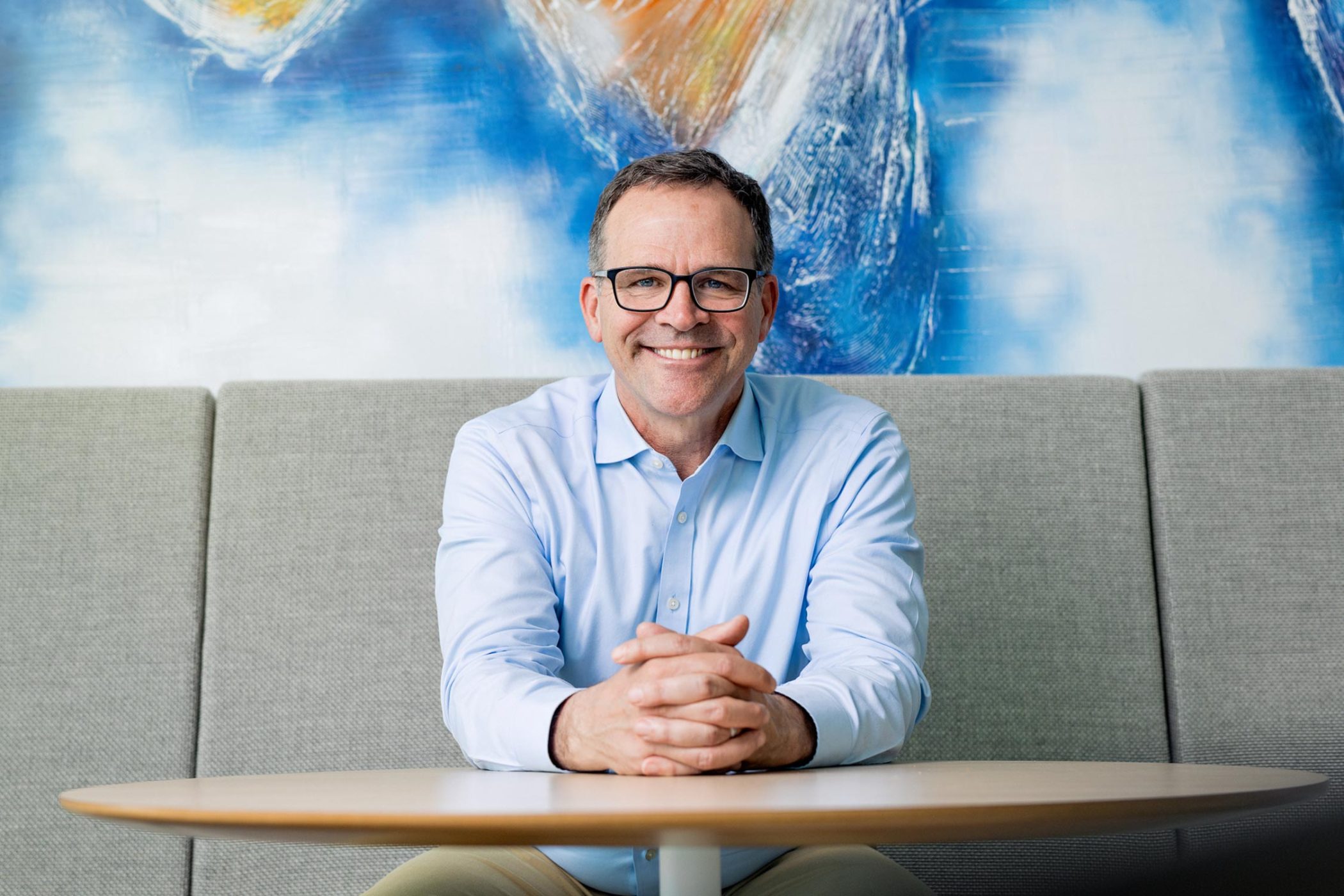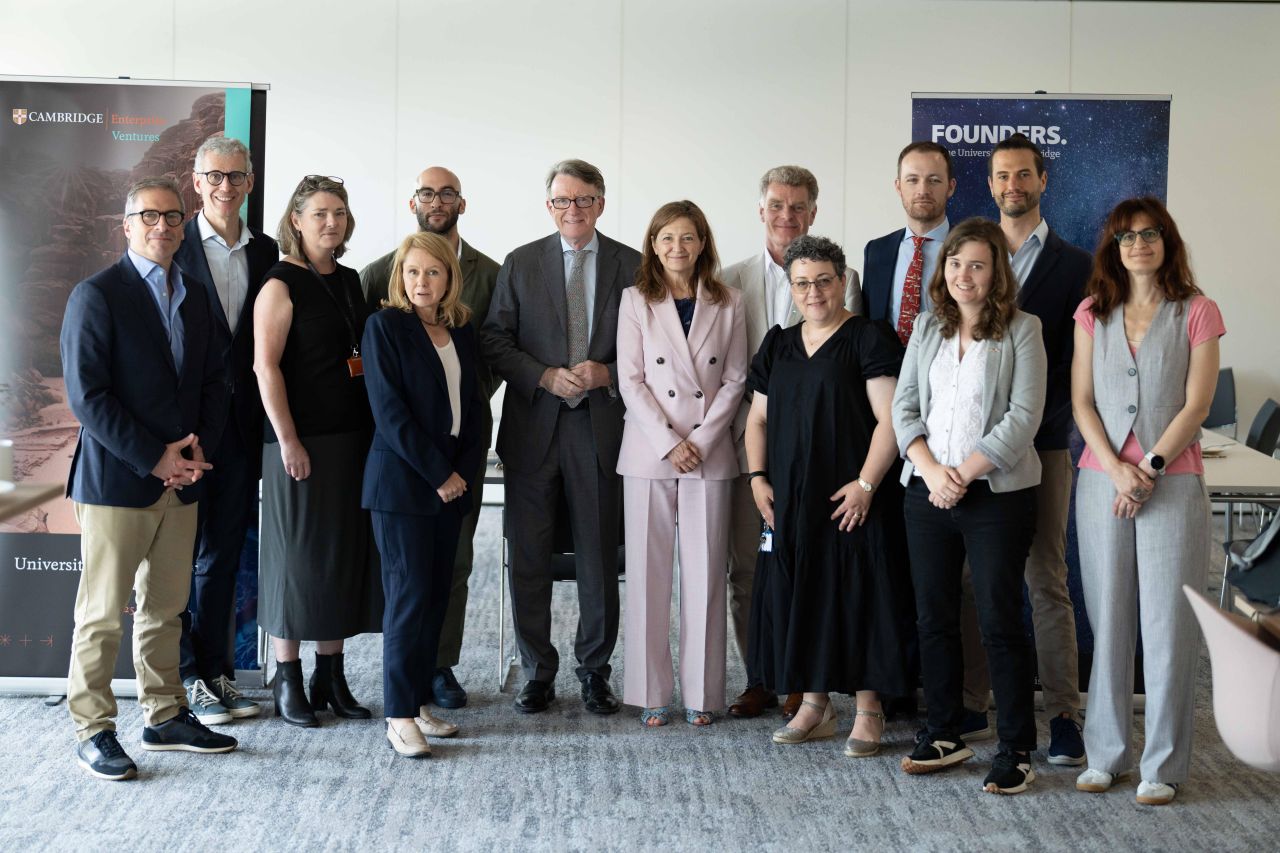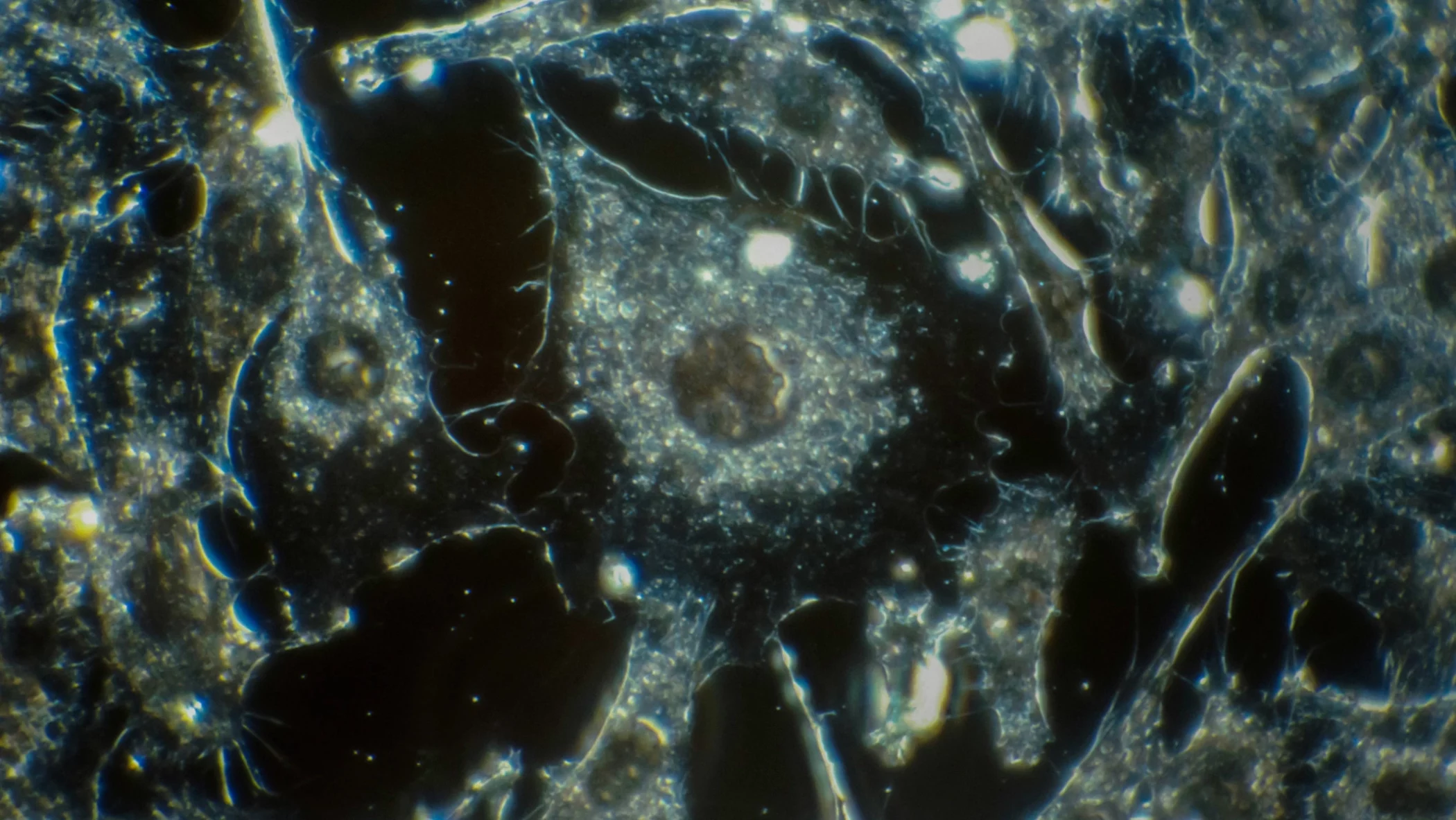The game-changer: rapid, whole genome sequencing
10th anniversary storyThe germ of what would become one of the University’s greatest commercialisation success stories dates back almost ten years before Cambridge Enterprise’s tenth anniversary. This is the story of rapid, whole genome sequencing, the founding of Solexa Limited and its eventual acquisition by Illumina Inc.
This story was included in our innovation showcase for our 10th anniversary celebrations in 2016.
It’s a key story for us because the enormous success of Solexa—and its truly global impact—led to the creation of Cambridge Enterprise.
Why is rapid, whole genome sequencing so important? It has allowed researchers all over the world to investigate the genetics of life at a scale and depth never before achievable. The genomes of many organisms have been sequenced from human to wheat providing deep insights that have helped us, for example, treat human illness better and reveal secrets of evolutionary development of organisms.
It all started one balmy August evening in 1997 when University of Cambridge chemist Shankar Balasubramanian invited fellow faculty member David Klenerman and two Chemistry postdocs, Mark Osborne and Colin Barnes, to join him for a “beer summit” at his local, the Panton Arms. Balasubramanian often proposed meeting at the pub, joking that the Department of Chemistry lacked conference rooms and his office was too small. What Balasubramanian sketched out at the Panton Arms was a method for colour-coded, solid phase DNA sequencing by synthesis that could be made massively parallel. It was only the first of many discussions.
In the mid-1990s, global science had become obsessed with the idea that genetics held the key to identifying, treating and possibly preventing a vast number of disorders. The Human Genome Project, an effort to identify all of the genes in human DNA, was under way at the Sanger Institute, in nearby Hinxton Hall.
Balasubramanian, who had earned his PhD at Cambridge and then decamped to the states to study the molecular biology of nucleic acids, had returned to Cambridge in 1994. He and Klenerman were together using single-molecule fluorescence spectroscopy to observe the synthesis of DNA by a polymerase enzyme using fluorescently encoded nucleotides.
Although this was fundamental research, they both saw the potential to adapt the approach to decode the sequence of DNA. They also recognised the need for low cost, high throughput sequencing that would allow researchers to one day routinely decode human genomes on a population scale. In 1997 they set out to develop a technology that could generate over a billion bases of DNA sequence at a go. It was an immensely ambitious goal. Balasubramanian thought the best way to attain it was by starting a company.
He and Klenerman met with Richard Jennings, then director of the Wolfson Cambridge Industrial Liaison Office, a predecessor organisation to Cambridge Enterprise, and filed their intellectual property in the University.
With Jennings’ guidance, they then presented their ideas to the venture capitalists at London firm Abingworth. Balasubramanian and Klenerman argued that they could increase the rate and lower the cost of gene sequencing by a factor 104 or 105. This represented a 100,000-fold improvement in DNA sequencing technology; the funders were duly impressed.
The creation of Solexa
In 1998, Abingworth, working with the inventors and Jennings, funded the Cambridge chemists’ start-up with Osborne and Barnes as its bench scientists. Balasubramanian chose the name Solexa. The IP was transferred into the new company, part of the consideration being an equity share held by Cambridge University Technical Services Ltd, the company that ultimately became Cambridge Enterprise.
Solexa funded research in the Department of Chemistry to assess proof of concept and, when this proved successful, the company was spun out as an independent entity. Abingworth, with the support of Jennings and a seed investment from the University itself, provided adequate funds to ensure this potentially game-changing idea was thoroughly tested. They were also very active in recruiting an experienced board.
Solexa had the basics of a reversible terminated sequencing chemistry, a means of imaging single molecules and a massively parallel array. The scientists predicted a capacity of one billion bases per run. The VCs predicted only a tenth of that was achievable. Nonetheless, they made further investments in 1999 and 2000.
With funds in hand, Solexa expanded its staff. A third scientist, Harold Swerdlow, was hired and he set up the first Solexa lab, near the Sanger Institute, in May 2001. Nick McCooke came aboard as CEO and was soon pushing the concept of the “$1,000 genome” and predicting the imminent arrival of genetic mapping for everyone. Balasubramanian added medicinal chemist John Milton to the team after striking up a conversation in a pub. Bioinformatician Clive Brown arrived soon thereafter. Milton set to work taking the original chemical process apart, bit by bit, and remade everything that had been done in the University labs.
In 2002, Solexa’s Chief Science Officer took part in a symposium on the $1,000 genome organised by Craig Venter. The race with America was on. Then, in 2003, a method for single-molecule DNA sequencing was published. Although it was an article Balasubramanian could have published years earlier, a competitor, Helicos BioSciences, was created, funded with $35 million and embarked on single-molecule fluorescent sequencing.
Meanwhile McCooke had got wind of a failing Swiss company, called Manteia, which had devised a way to amplify DNA strands into clusters of about 1000 copies of the original molecule. Solexa decided to buy the rights to process.
Although the rest of the technology stayed the same, Manteia’s cluster chemistry was critical. The amplification approach allowed a better signal-to-noise ratio because the fluorescent signal was being detected from many copies, rather than just single molecules. Phase errors began to drop; read lengths to improve. Brown could now start building an IT infrastructure to manage the data.
In 2005, Solexa set out to sequence its first whole genome. They chose the famous bacteriophage Φ X 174 that Fred Sanger had sequenced in 1977. Brown worked through a chilly February weekend to run the software. On Sunday afternoon, they sent out a jubilant email stating: “We’ve done it!!!!” Using the Solexa process, the team had replicated Sanger’s findings with more than 99.9 percent accuracy.
They had to keep this news under their hats, however, until the patents were filed. The next big hurdle for Solexa was a difficult reverse merger with California-based Lynx Therapeutics and a struggle to see which of the two companies’ technologies they would pursue. Ultimately the British one prevailed.
In March 2005 Solexa obtained a Nasdaq SmallCap listing. The first Solexa machine, the 1G Genetic Analyzer priced at $400,000, shipped in 2006. The machines were placed in genome centres around the world, including the Broad Institute (Cambridge-MIT), the McDonnell Genome Institute and the Sanger Institute.
Illumina acquires Solexa
In November 2006, Solexa was purchased by US-based company Illumina for $650 million. Since then, Illumina has used the technology as the foundation of its sequencing instruments, which can now generate over 1 terabase of data per run.
Balasubramanian’s technology made sequencing of the human genome routine. “In less than ten years we have seen our ambitious vision completely reduced to practice in a working commercial system,” he said. “It has been a privilege working with the brilliant scientists and superb management of the company.”
Prof Klenerman added: “The idea for Solexa came from some basic research funded by the BBSRC, and was originally sketched out on a sheet of A4 paper. It is very exciting to now reach this stage and it would not have been possible without the exceptional team assembled together at Solexa. The University and everyone associated with the company should be justifiably proud.”
Tags: 10 years of innovation, 10th anniversary, Abingworth, Clive Brown, Colin Barnes, David Klenerman, DNA sequencing, Harold Swerdlow, illumina, John Milton, Klaus Maisinger, life sciences, Mark Osborne, Panton Arms, Richard Jennings, sanger institute, shankar balasubramanian, solexa, Tony Cox, Wolfson Cambridge Industrial Liaison Office



